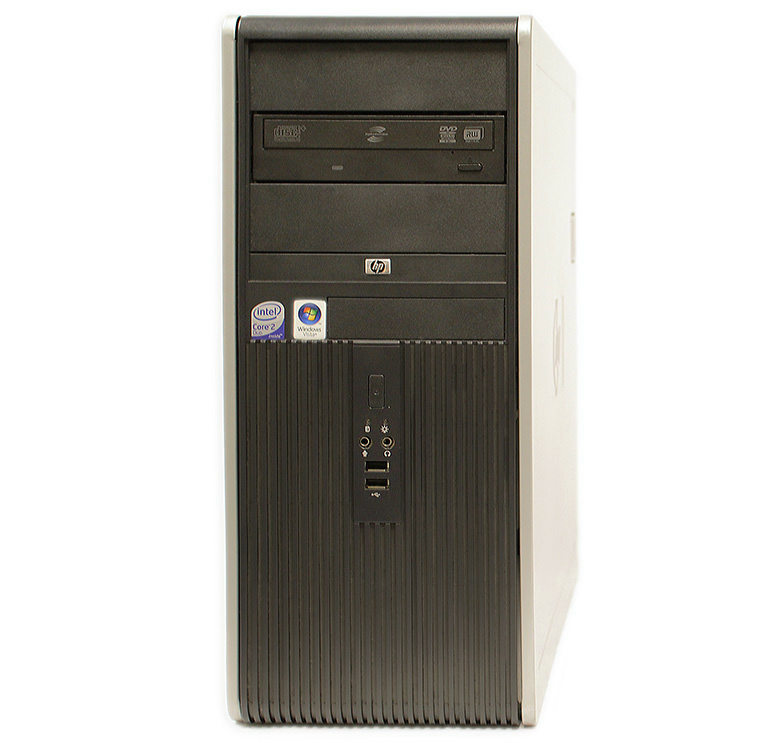Slots Definition Computer
Posted : admin On 8/3/2022Stands for 'Accelerated Graphics Port.' AGP is a type of expansion slot designed specifically for graphics cards. It was developed in 1996 as an alternative to the PCI standard. Since the AGP interface provides a dedicated bus for graphics data, AGP cards are able to render graphics faster than comparable PCI graphics cards.

Like PCI slots, AGP slots are built into a computer's motherboard. They have a similar form factor to PCI slots, but can only be used for graphics cards. Additionally, several AGP specifications exist, including AGP 1.0, 2.0, and 3.0, which each use a different voltage. Therefore, AGP cards must be compatible with the specification of the AGP slot they are installed in.
Since AGP cards require an expansion slot, they can only be used in desktop computers. While AGP was popular for about a decade, the technology has been superseded by PCI Express, which was introduced in 2004. For a few years, many desktop computers included both AGP and PCI Express slots, but eventually AGP slots were removed completely. Therefore, most desktop computers manufactured after 2006 do not include an AGP slot.

Slots are often called expansion slots because they allow you to expand the capabilities of a computer. The boards you insert in expansion slots are called expansion boards or add-on boards. Do not confuse slots with bays. Bays are sites within the computer where you can install disk drives. Motherboard: Definition. A motherboard is one of the most essential parts of a computer system. It holds together many of the crucial components of a computer, including the central processing.
Memory Slots Definition Computer
Updated: November 20, 2015
Computer sockets are the built-in interfaces on motherboards that accept various hardware components. When compatible devices are plugged into them, they communicate with the system to provide functionality. Components that use these sockets include dial-up modems, graphics cards, and sound cards.
Standardized protocols allow communication between the computer sockets and the devices that are designed to plug into them. When protocols change, the interfaces are renamed, and manufacturers keep pace by designing products that use the newer protocols. In the 1980s, they were referred to as Integrated Drive Electronics (IDE) slots, followed by Enhanced IDE (EIDE) slots.

In some areas, technology has moved beyond these sockets to faster interfaces. Traditional IDE hard drives required wide cables that used parallel technology to sent data back and forth to the drives. Modern drives use an entirely different interface based on serial communication that uses narrow cables and small pin-style interfaces. This not only allowed faster drives, but saved real estate on motherboards and improved airflow inside cases.
On average, motherboards have far fewer points of input today than in the past. Many devices are now built into the board, reducing the need to add so much hardware. Aside from integrated network ability and USB and Firewire support, some motherboards also include integrated graphics and sound functionality. Gamers and audiophiles, however, often continue to opt for high-end aftermarket video graphics cards and sound cards. These devices each require their own computer socket.
Ram Slots Definition Computers
While sound cards and many other devices use standard slots, modern motherboards feature other inputs, including a dedicated graphics slot. Graphics cards handle large amounts of data, and as such, the interface is designed to process greater loads without bogging down the central processing unit. There are four main graphics standards for dedicated computer sockets: Advanced Graphics Port (AGP) 4x, AGP 8x, Peripheral Component Interconnect (PCI), and PCI Express (PCIe). The slots are proprietary, meaning an AGP card will not fit into a PCI slot, or visa versa.

Pci Slots Definition Computer
Knowing what slots a motherboard has when purchasing a new system is a good idea. Users who want the latest, fastest graphics card, for instance, will be looking at PCIe cards and will require a specific connection for it. Some people may also have other cards to install, and they need to be sure that there is room to do so.